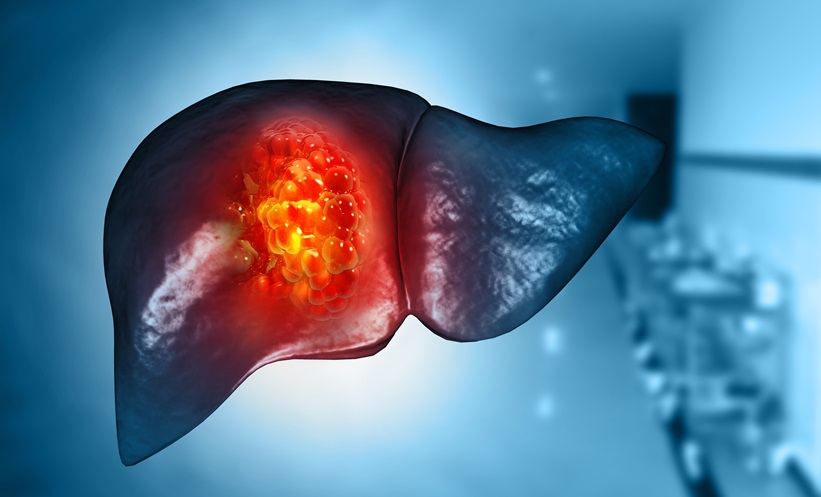SEMAGLUTIDE improves hepatic steatosis, disease activity and promotes the resolution of metabolic dysfunction-associated steatohepatitis (MASH) and liver fibrosis, while also promoting weight loss and enhancing metabolic health. These benefits from once-weekly subcutaneous semaglutide were demonstrated in the multicentre, placebo-controlled ESSENCE trial.
MASH is very common and represents a major public health issue because it increases the risk of liver-related complications, such as cirrhosis and hepatocellular carcinoma, as well as cardiovascular events, chronic kidney disease, type 2 diabetes, extrahepatic cancers, and severe infections.
While resmetirom has been primarily used to treat advanced stages of non-cirrhotic MASH, it is predominantly liver-directed and does not address the high burden of obesity, type 2 diabetes and cardio-renal risk that characterises most patients with MASH.
Clinical Outcomes of Semaglutide in Patients with MASH
The phase 3 ESSENCE trial enrolled 800 patients with biopsy-confirmed MASH and fibrosis stage F2–F3 and demonstrated that semaglutide 2.4 mg/week produced significant histological and metabolic benefits over 72 weeks. Among the 534 patients receiving semaglutide, 62.9% achieved MASH resolution without worsening fibrosis compared with 34.3% in the placebo group. Fibrosis improvement by at least one stage occurred in 36.8% vs. 22.4%, respectively.
Secondary outcomes consistently showed greater improvements with semaglutide, including significant reductions in steatosis, ballooning and NAS score, along with favourable changes in non-invasive markers such as ELF, liver stiffness and ALT. These hepatic benefits were accompanied by substantial metabolic improvements, including a mean weight loss of 10.5%, better glycaemic control, favourable lipid changes, reduced inflammation and modest reductions in blood pressure.
Limitations and Clinical Implications
Despite its robust efficacy, semaglutide also presents several limitations that warrant consideration. Its ability to reverse established cirrhosis remains unproven, and evidence of direct antifibrotic activity is still limited, suggesting that benefits in advanced disease may be largely metabolic rather than fibrosis-targeted.
Gastrointestinal side effects, although generally mild to moderate, are the most common reason for early discontinuation, and the long-term durability of histological responses is not yet known. Additionally, evidence on semaglutide’s impact on muscle mass and sarcopenia, as well as its effectiveness in individuals with lower BMI or without significant metabolic dysfunction, is limited and warrants further investigation.
Reference
Petta S et al. Focus on semaglutide 2.4 mg/week for the treatment of metabolic dysfunction-associated steatohepatitis. Liver Int. 2025;45(11):e70407.








